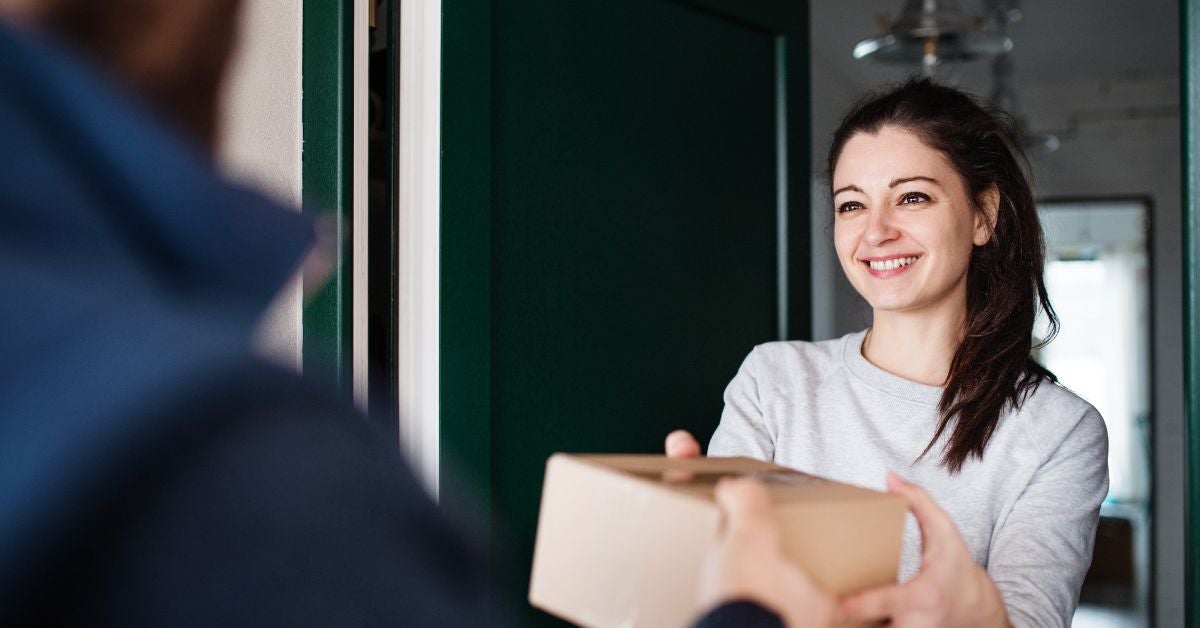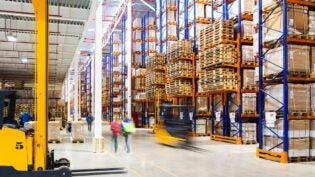
Getting products into your customers’ hands faster is a tempting prospect, but adding local delivery to your small business model isn’t a decision to take lightly. Delivery services come with new challenges in terms of logistics, costs, and customer expectations.
Whether your small business should offer local delivery depends on weighing these factors against the potential benefits for your customers.
What Do Your Customers Want?
Your customers’ needs should be a driving force behind any major business decision. Are they asking for local delivery options at checkout or through feedback? If your audience values convenience and time-saving services, offering delivery can make it even easier for customers to engage with your product as they see fit. On the other hand, if the majority of your customers prefer an in-person shopping experience, the demand might not justify the added hassle. Survey your customer base or monitor interactions to assess their interest.
Can You Handle the Costs?
Running a delivery operation requires more than just buying a van or hiring a driver. Fuel costs, insurance, and maintenance quickly add up. If you live in a region with extreme heat, maintaining a delivery fleet becomes even more of a chore.
Beyond maintaining the vehicle’s branding decals and tire health, you need to worry about more intense maintenance tasks, such as switching to heat-resistant wiring in the vehicle’s hot spots. Otherwise, operating the vehicle in the summer could lead to costly damage in the engine bay. Make sure to calculate these costs carefully and consider the practical demands of offering delivery services, even within a small radius. Without clear pricing and efficient operations, delivery can become more of a financial drain than a profit booster.
How Will It Impact Your Team?
Adding delivery shifts your workflow. Staff who currently manage in-store customers may need to divide their focus to oversee deliveries, and that can affect the overall customer experience. Will you need to hire a dedicated driver or train current employees to handle this new role? Evaluate your team’s capacity to determine if they can take on the added responsibility or if it might spread them too thin.
Does It Make Sense Logistically?
 Local delivery works best in areas with concentrated demand. If your business serves a widely dispersed customer base or mostly operates in rural areas, the logistics of delivery may not balance out the effort. Consider factors such as traffic, delivery radius, and whether nearby competitors already offer similar services.
Local delivery works best in areas with concentrated demand. If your business serves a widely dispersed customer base or mostly operates in rural areas, the logistics of delivery may not balance out the effort. Consider factors such as traffic, delivery radius, and whether nearby competitors already offer similar services.
If you’re not able to promptly and reliably make deliveries, marketing this service may do more harm than good to your reputation.
Bringing It All Together
Ultimately, how to decide if your small business should offer local delivery depends on carefully evaluating customer demand, costs, team readiness, and logistics. It’s not a one-size-fits-all solution, and sometimes, the smartest move is waiting until your business can handle the challenges delivery brings. Start small, test the waters, and adjust as you learn.
Done right, local delivery can enhance customer satisfaction and expand your reach without putting unnecessary strain on your operations.
47 Views












